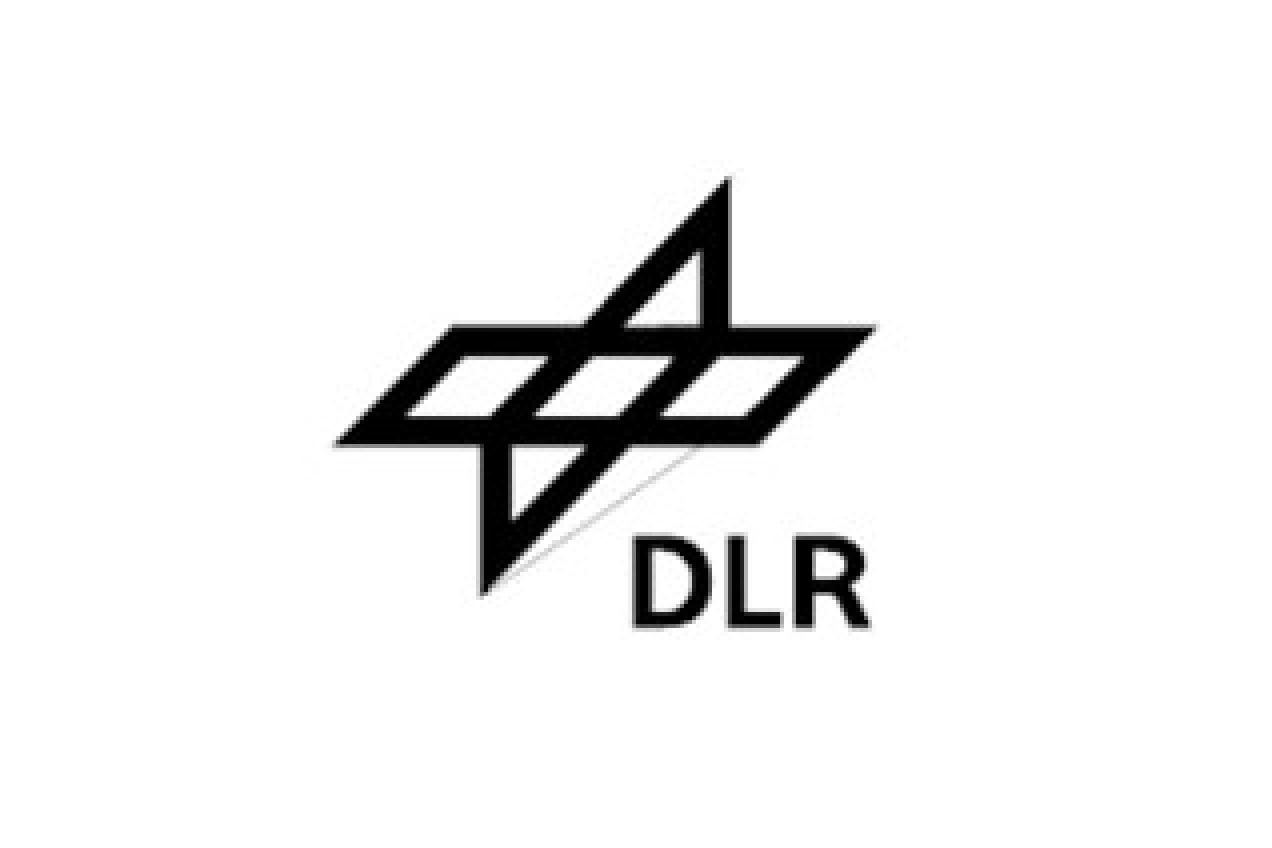P10 - Deutsches Zentrum für Luft- und Raumfahrt e.V. (DLR) | Germany
Key contact person: Prof. Dietmar Koch

DLR, the German Aerospace Centre, is Germany's National Research Centre for aeronautics and space with more than 8000 employees in 16 domestic locations. The research priorities of the DLR include aeronautics, space, energy, transport, and security. DLR is institutionally funded by Federal & State Governments and also financed through contract research with industry, as well as through jobs & research programs of the public sector. DLR's research portfolio ranges from fundamental research to the development of products for tomorrow. Additionally, DLR works as a German Government agency and plans the German space activities. The research activities at the Institute of Structures and Design (Institut für Bauweisen und Strukturtechnologie, DLR-BT) are concerned with the development and implementation of composite materials with polymer and ceramic matrices in innovative, high performance structures. DLR-BT (https://www.dlr.de/bt/en) has a total of around 150 employees and supports many students from national and international partner Universities in their studies. DLR-BT has a strong and long-living network with industrial partners and other research groups both in Germany and abroad.
For ceramics, high-temperature applications in the fields of aeronautics, space and energy are addressed with special attention on the development of new materials and design concepts for oxidation-resistant and light-weight ceramic matrix composite (CMC) components. The Department Ceramic Composites and Structures (Head: Prof. D. Koch) works on the following fields: development of non-oxide CMCs with enhanced oxidation stability, including new coating systems; design and engineering of components for industrially relevant applications up to technology transfer level; mechanical and microstructural characterisation of CMCs, including high-temperature testing and non-destructive evaluation (computer tomography on different scales) and combination of both; simulation of thermomechanical properties of CMC materials and components and development of analytical and finite element models on the meso- and macroscales. Thus, the Ceramic Composites and Structures Department covers the full engineering chain, design, engineering, manufacturing, quality assurance, simulation and finite element modelling in combination with non-destructive evaluation.
Within IL TROVATORE, DLR-BT will participate through the Department Ceramic Composites and Structures. The Department will bring into this project their know-how on mechanical and non-destructive testing, evaluation, simulation and modelling. Focus will be on the tensile properties, under various loading conditions, of SiC/SiC cladding tubes at high temperatures and up to 1200°C (WP10).
